Thanks to Connor Hestdalen and Sara Coffey for introducing me to everyone and everything and to Janice Lee for giving me this space to gather.
**

I fell in love with Moon Baby the same way I fell in love with poetry, my partner, jazz and the city of Pittsburgh.
I was sleeping with the polished veneers and parallel streets of Columbus where I was writing short poetic verse and making even shorter abstract films. But secretly, I was dreaming of the crumbling storefronts and uneven landscapes that embodied Pittsburgh.
I was in love with the humble way Pittsburgh presented itself and directly was turned off by the willingness of Columbus to replace a historic building with a new ATM. (Don’t get me wrong, Columbus is a great city with a lot going on and stands alone as an incredibly accepting Queer Mecca for the small towns and states that surround it and I’m not here to be too hard on the place, but rather I am here in an attempt to figure out what made Pittsburgh so captivating.)
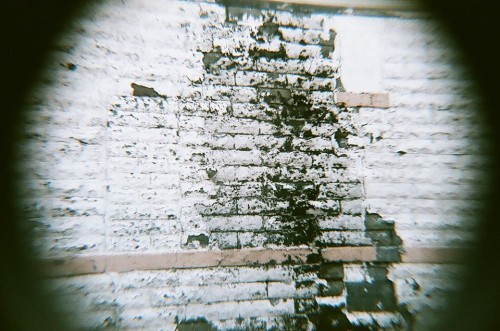
On one fateful visit to Pittsburgh I was led to an event put on by the jazz dancers of the Pillow Project and it was through their instinctive movements and intuitive collaboration that I was first able to formulate what I wanted from my surroundings.
I proceeded to visit monthly for these jazz nights, excited by the possibility to witness a physical embodiment of the beauty that I was seeing ooze from the broken bricks and old steel.
By planning my trips around these Second Saturday performances, I was inadvertently shaping my Pittsburgh to be a community of artists and doers motivated to work together to fulfill meaningful projects and works of art. So when I was felicitously freed from the shackles of higher education I naturally and quite thoughtlessly announced my move to Pittsburgh. It wasn’t a week later that my roommates had found my replacement and I was bound by my impassioned proposal. Without a plan or a home or a job I moved across state lines armed only with film cameras and a jazz-influenced disposition that shaped the way I interacted with and viewed the people I met. I was to start seeing the people I met not just as friends and acquaintances but more importantly as potential partners in both art and love.
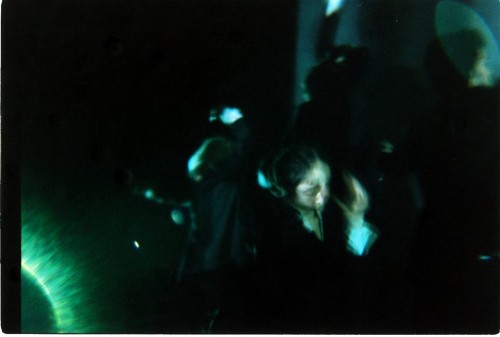
Pillow Project’s improvisational example solidified my views of Pittsburgh and a TED talk on embracing vulnerability in your everyday by Brené Brown helped me put a word to what I was finding beautiful in Pittsburgh’s unfinished appearance.
Vulnerability literally means being able to be wounded. And in the unguarded and honest people I was beginning to connect with in my new city I was seeing the same thing that I had been referring to as Pittsburgh.
In Columbus I had worked with some talented artists and queens, particularly Mathilda Longfellow, with whom I’ve finished some beautiful and hilarious work. I didn’t have that same familiarity with Pittsburgh’s drag scene, but my partner knew and introduced me to Moon Baby with a hunch that we’d work together well.
There is a term in the drag community called gagging, meaning to enjoy a queen so thoroughly you could choke and die on them. I was gagged quite literally the first night I saw Moon Baby perform as she dance, lip-synced and ate her own pubes. But it was through those tears of disgust and awe that I recognized the same vulnerability that I cultivating myself. READ MORE >


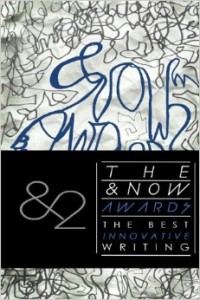 The &Now Awards Volume 2: The Best Innovative Writing
The &Now Awards Volume 2: The Best Innovative Writing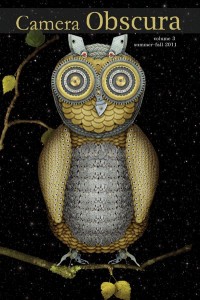
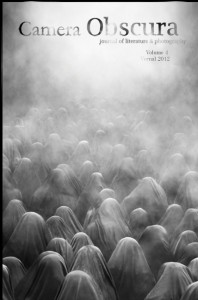

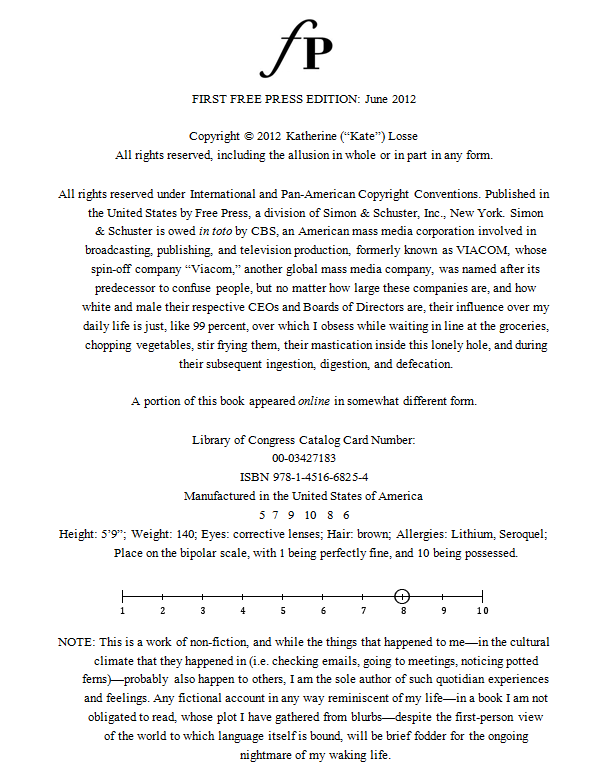
 Life Cycle
Life Cycle